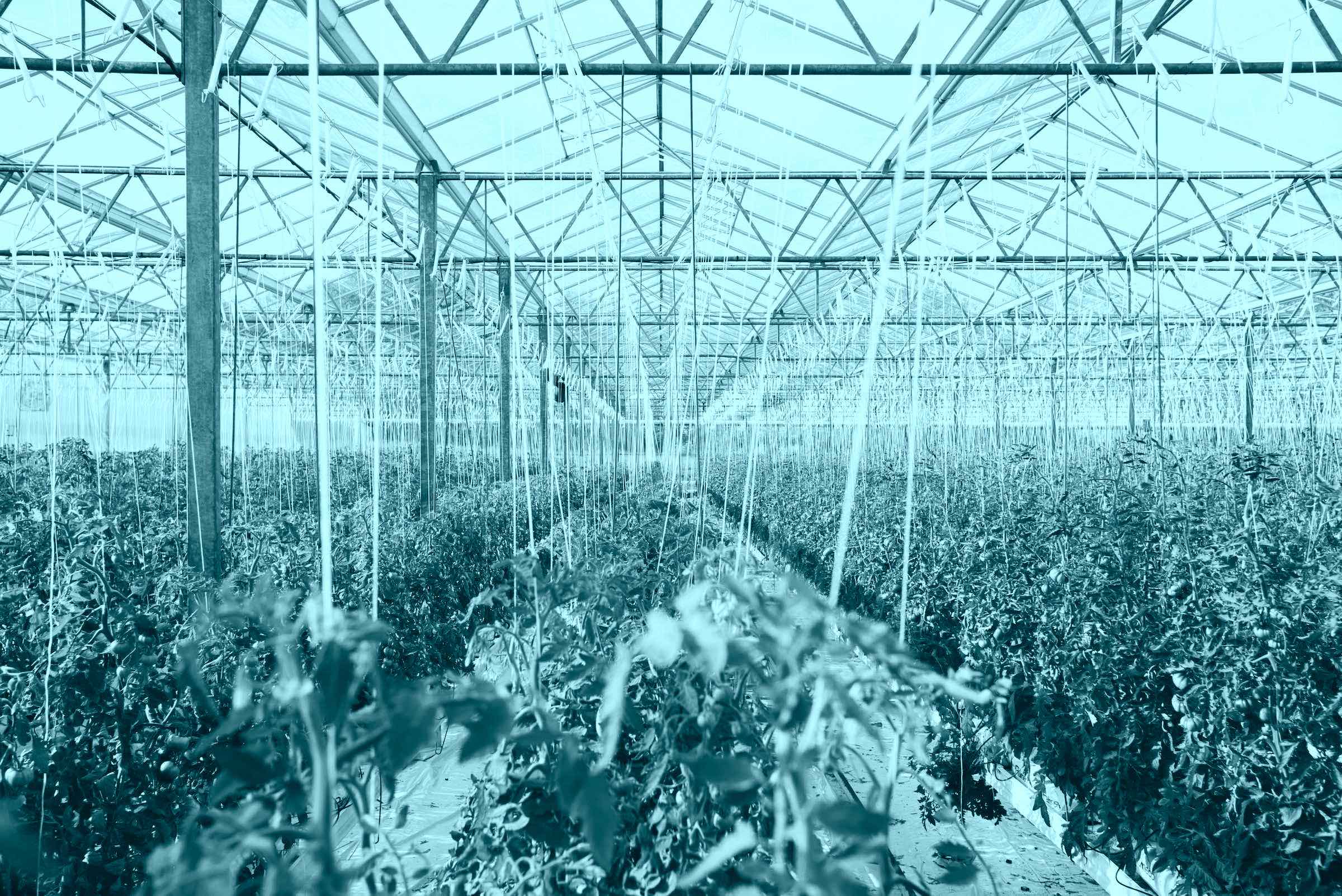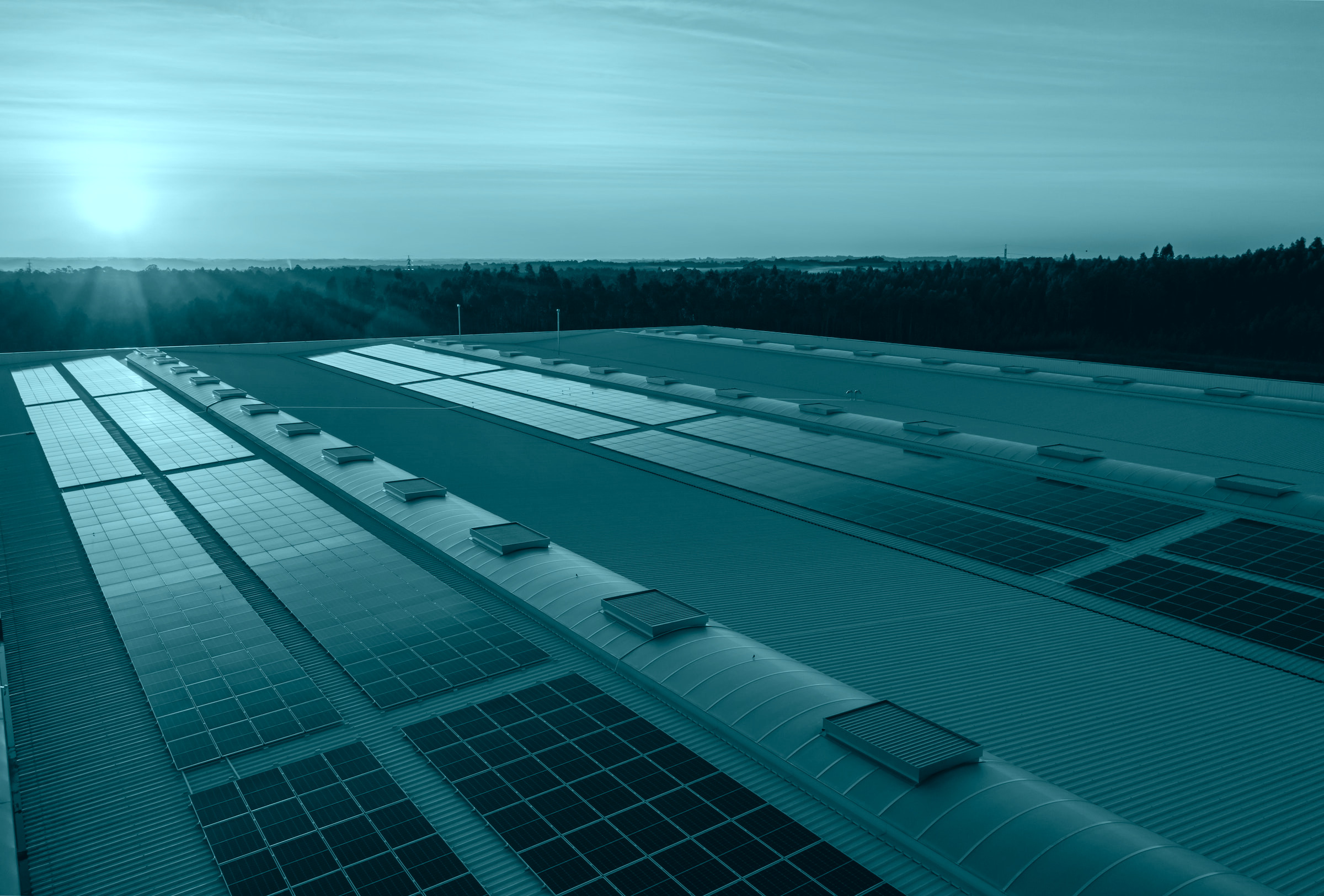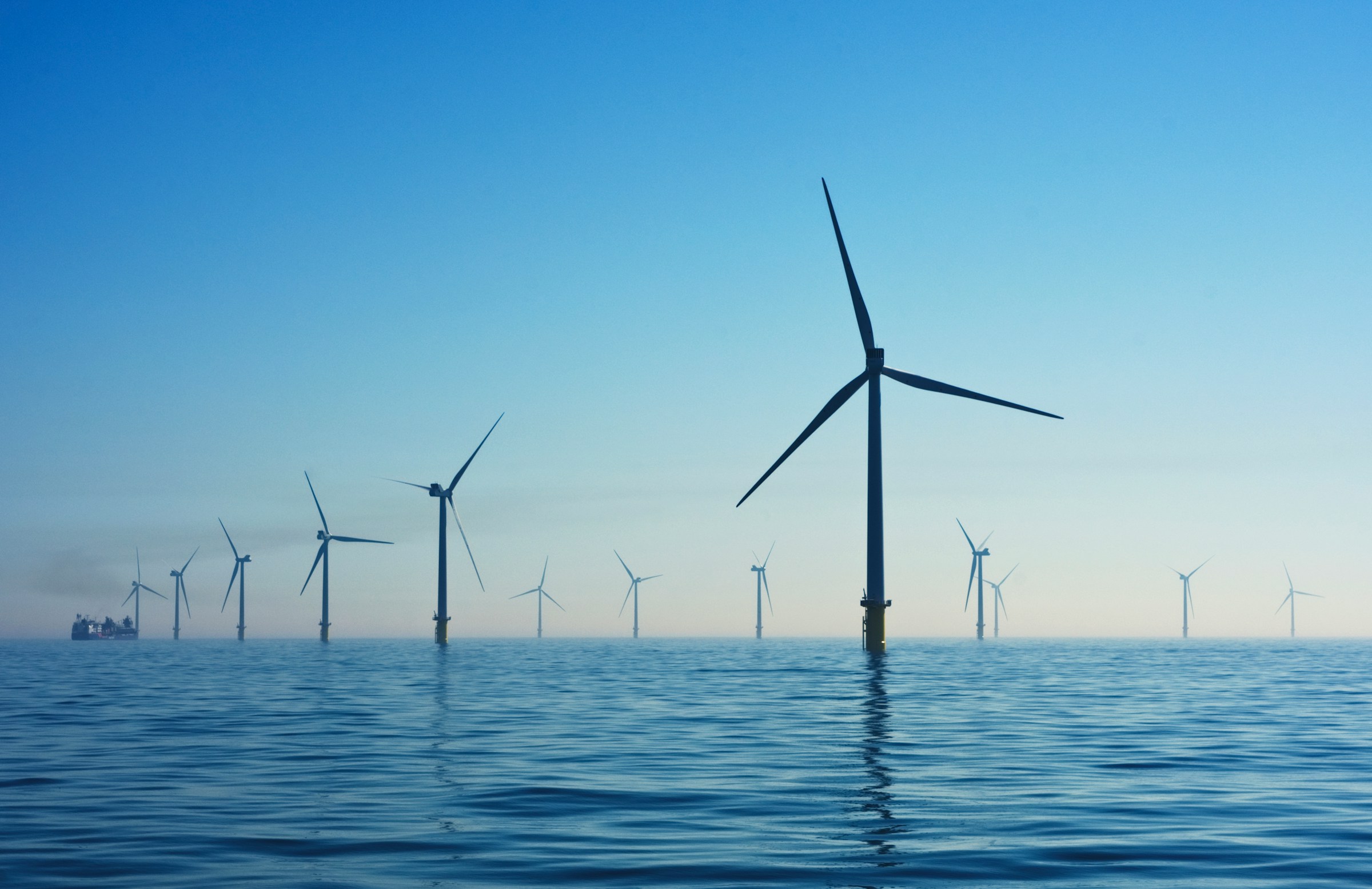In the coming decade global mean temperatures are almost certainly going to exceed the “well below 1.5 degrees Celsius” goal set out in the Paris Agreement.
In April 2022 the IPCC stated that it is “almost inevitable” that we will temporarily exceed the 1.5 degrees Celsius temperature threshold and the UN’s World Meteorological Organization recently stated in its annual report that there is a “50:50 chance of global temperature temporarily reaching 1.5°C threshold in the next five years.”
However, there is growing evidence that some of this excess warming can be reversed if CO2 emissions are brought to net zero.
This temporary rise and subsequent cooling of temperatures is known as climate overshoot and the extent and degree to which we overshoot will have a significant impact on the world of tomorrow.
“The difference between the peak global mean temperature and where we manage to come back down to is generally referred to as climate overshoot,” explains climate change researcher Zebedee Nicholls, who recently co-authored a paper on the impact of current Paris Agreement pledges on global temperatures.

Most future climate scenarios considered in the IPCC’s Sixth Assessment Report (AR6) now factor in an overshoot in their projections, although there are significant variations in the severity and longevity of the predicted overshoot, and hence the consequences that it will entail.
In fact, AR6 states that: “there is at least a greater than 50% likelihood that global warming will reach or exceed 1.5°C in the near-term, even for the very low greenhouse gas emissions scenario.”
“Some of the impacts of overshoot may be irreversible and could push ecosystems towards dangerous tipping points. The higher the peak and duration of overshoot the greater the risks for sensitive ecosystems, particularly those that are vulnerable to tipping points such as coral reefs or tropical rainforests and ice sheets,” continues Nicholls.
However, the climate overshoot scenario – although far from ideal – does contain some good news. The overshoot concept entails bringing temperatures back down, rather than reaching a peak temperature and staying there.
A matter of degrees
Whether the overshoot lasts for years or decades will largely depend on policies enacted today.
“If you look at even the more optimistic of IPCC scenarios, overshoot is in nearly all the ones that have a favorable outcome by the end of the century. Even most of the best scenarios include limited overshoot during the period leading up to 2100,” explains Jesse Reynolds executive secretary of the Climate Overshoot Commission, which launched a new high-level Commission – composed of 16 global leaders including former presidents and prime ministers – that will explore how to reduce the rising risks to people and nature if global warming continues its present trajectory.
“To be clear, the primary strategy is and should remain the reduction of greenhouse gas emissions. But we need to consider and anticipate all potential responses that could minimize the damage and suffering to people and the planet. Our aim is to recommend an integrated strategy – based on independent scientific advice and stakeholder consultations – that for the first time brings all the options together,” says Pascal Lamy, chair of the Climate Overshoot Commission, President of the Paris Peace Forum and former Director-General of the World Trade Organization, France, in the Commission’s latest press release.
As scientists and policymakers continue to work towards limiting warming, most IPCC scenarios predict that global temperatures over the next few decades will increase as man attempts to reach net-zero emissions, exceeding global temperature targets around mid-century.
This will then be followed by large-scale reduction in emissions and deployment of negative emission technologies which will be used to lower atmospheric CO2 concentrations and bring global temperatures back below the targets.
Although the consequences of a climate overshoot are largely unknown, some of the impacts of climate change – such as sea level rise, loss of ecosystem functionality, increased risks of species extinction, as well as glacier and permafrost loss – cannot be reversed in the short to medium term.
If global warming transiently exceeds 1.5°C in the coming decades or later (overshoot), then many human and natural systems will face additional severe risks, compared to remaining below 1.5°C (high confidence). Depending on the magnitude and duration of overshoot, some impacts will cause release of additional greenhouse gasses (medium confidence) and some will be irreversible, even if global warming is reduced (high confidence).
Furthermore, the risk of exposing fragile ecosystems to dangerous tipping points rises as the length and severity of the climate overshoot increase. AR6 states with high confidence that: “Risks of severe impacts increase with every additional increment of global warming during overshoot.”
And consequences are not just limited to ecosystems. A recent study by Dr Keywan Riahi, programme director at the International Institute for Applied Systems Analysis (IIASA) highlights the economic benefits of avoiding an overshoot. The paper reveals that upfront investments can avoid an overshoot and even bring long term economic gains. In fact, the paper shows how global GDP in 2100 is projected to be 2% higher in scenarios that avoid overshoot.

The table above shows the cost of sticking to net-zero scenarios compared to the cost of end-of-century scenarios, measured using GDP. The blue plot (left) shows the cost for 1.5 degrees Celsius and 2 degrees Celsius scenarios, whereas the green one shows the cost from NDC scenarios.
Tipping points
“From a physical perspective and a perspective of impacts the 1.5 and 2 degrees Celsius warming don’t have particular significance. They are not thresholds. They are politically chosen targets and help convey the message that every tenth of a degree matters,” explains Reynolds.
Crossing the 1.5 degrees Celsius mark therefore provides a moment of political significance and popular realization which is extremely important, as shared beliefs are the key to collective action.
“There is an understandable reluctance to confront climate overshoot and the crossing of the 1.5 threshold, but at the same time the elephant in the room needs to be discussed,” explains Reynolds. “We can still have shared beliefs and shared goals but they may need to be updated. We absolutely should not give up on avoiding overshoot, but we should also start thinking about how to minimize it.”
Although research provides conflicting views on the probability of different tipping points and when they might happen, there is a consensus that the chances of reaching them increase as temperatures rise. Therefore, minimizing climate overshoot is important.
“If we are going to have even limited overshoot then the models show that carbon dioxide removal is essential and that it will be ramped up quite aggressively over the rest of the century,” continues Reynolds, who also recognizes that questions remain about our ability to do so and the potential negative effects that might arise.
“We have a pretty good understanding of the science and what is required to reduce emissions in the next decade and remain as close to a 1.5 degrees Celsius pathway as possible,” says Nicholls. “We have many of the solutions but what is lacking at the moment is the political and institutional side of the bargain.”
Sources:
Meinshausen, M., Lewis, J., McGlade, C. et al. Realization of Paris Agreement pledges may limit warming just below 2 °C. Nature 604, 304–309 (2022). https://doi.org/10.1038/s41586-022-04553-z
Riahi, K., Bertram, C., Huppmann, D., Rogelj, J., Bosetti, V., Cabardos, A-M., Deppermann, A., Drouet, L., et al. (2021): Cost and attainability of meeting stringent climate targets without overshoot. Nature Climate Change DOI: 10.1038/s41558-021-01215-2






